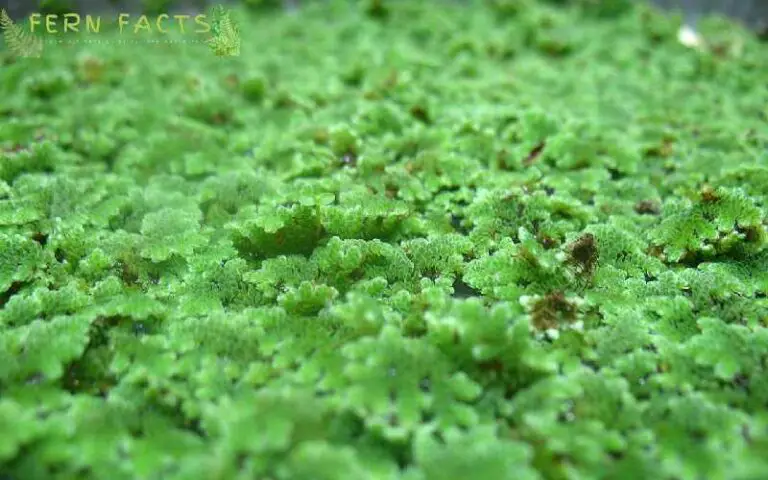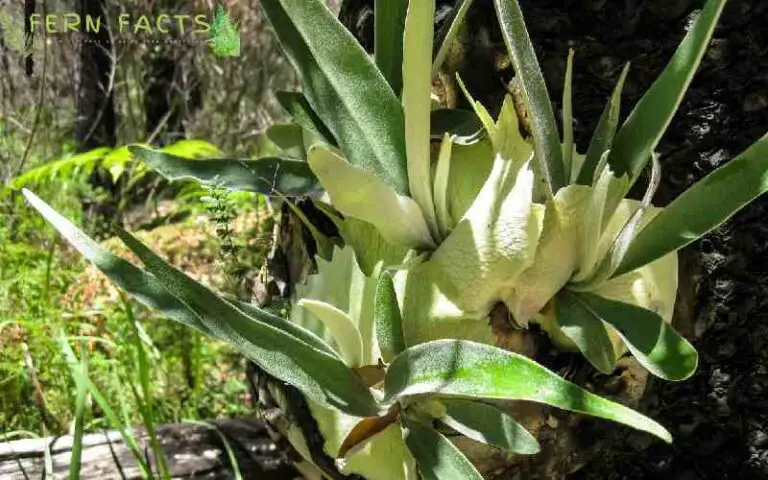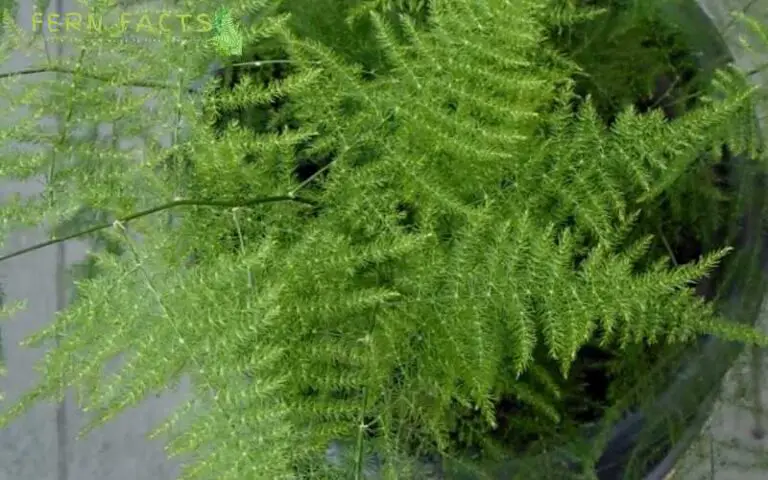Where Do Ferns Grow Best?
Ferns are one of the good-natured ferns to grow. However, do you know where these ferns can grow best? If not! Then don’t worry.
In this article, we will cover where ferns grow best while explaining their ideal condition to live. Here, we will talk about certain factors for ferns that are considerably their ideal condition such as shade, water, soil, atmosphere, and so on.
By understanding their ideal growth conditions, you will eventually understand ferns’ characteristics and also can grow your ferns at home effortlessly. So let’s delve into the topic.
Ideal Condition for Ferns to Grow
Although fern’s characteristics vary from species to species. Still, the majority of the ferns require a similar sort of condition to thrive in nature.
If you want to grow your ferns, then you must give them their ideal condition to live and thrive. Here are those necessary and basic factors you must consider while giving them their ideal condition:
Ideal Shade Requirements
Ideal light conditions are also a prominent factor for ferns to grow best. Because all ferns don’t have the same need or similar requirements.
Therefore you need to understand their characteristics and requirements first and then provide them with their ideal light conditions.
For instance, Some fern species will need full sunlight or daylight for their growth like Wolly lip ferns or Hairy lip ferns.
Nevertheless, most of the ferns will prefer shady and sheltered places or low-light conditions for themselves to grow properly. In the same way, some indoor ferns will grow under a shade or sheltered place where they prefer less exposed direct sunlight.
For those plants, you need to place them according to their need. Therefore, you can keep your plants beside the window or door where the sunlight can come through them so that they can grow best.
Thus, most of the ferns need partial to fully shaded places to grow and thrive. Do not expose your ferns to direct sunlight because it will burn their leaves or their fronds will turn yellow because of excessive sun exposure.
Especially in the summertime, direct rays of the sun or midday sunlight might be dangerous for ferns to grow productively.
Few ferns can also do good under artificial light or dim light. So it can be a better alternative option that you can use to grow your ferns. However, ordinary light bulbs can create too much heat which can be harmful for your fern plants.
Soil Conditions
After lighting, here comes another factor for ferns to grow prominently in soil conditions. Ferns can grow well in humus-rich soil.
Only soil could not work that much because they would not get enough nutrients through the soil. Therefore, almost every fern prefers a rich organic soil mixture.
Organic rich soil means the soil is well mixed with organic compost, dry leaf, peat moss, bark, pine needles, other earthy vegetation, perlite, vermiculite, etc. All these rich humus become a great source of nutrition for ferns.
Additionally, some ferns prefer acidic, neutral soil to grow. Here most ferns prefer a minimum 5 to 6 pH level soil which forms the ideal acidic or neutral soil.
Ferns like common polypody, male ferns, Lady ferns, and Japanese-painted ferns are best-grown ferns in acidic neutral soil.
On the other side, some ferns can grow well in alkaline soil or lime soil. Generally, Alkaline soils or alkali clay soil contain high levels of pH usually more than 8.5. But even in this high pH level, some ferns can easily grow fruitfully.
For example, ferns like Hart’s tongue fern, Christmas fern, and bird’s nest ferns are best for alkaline soil to grow.
Another thing is well-drained Soil, which worked miraculously for every fern. Although some ferns have tolerance levels, still well-drained soils are enriched with multiple nutrients and proponents.
Because of well-drained acidic soil or alkaline soil, ferns can thrive and bloom in nature.
Ideal Watering
Watering is another big factor for ferns to grow fruitfully. Almost all ferns prefer humid moist damp soil just like their native habitats.
They prefer moisture in their soil, but most of the ferns cannot tolerate standing water or excessive water. Eventually over watering becomes one of the key issues to deal with to save your ferns.
Because watering can cause your ferns to have root rots, fungal diseases, and other problems as well. Conversely, underwater is equally a culprit for your ferns that can be a barrier for your ferns to grow actively.
Although few ferns can tolerate drought, not for too long. Dry soil and severe drought situations can make your fern dull and dehydrated which ultimately kills your plants.
Hence, ideal watering is a more important key factor for giving them their ideal conditions to grow.
Atmospheric Conditions
Ideal Atmospheric conditions are also a primary factor in growing your ferns fruitfully. In the atmosphere, temperature, and humidity are two factors that highly influence ferns’ growth and thriving nature.
Even ferns and subspecies characteristics vary their temperature levels. Some ferns do well in a warm atmosphere whereas some do well in cold.
However, heavy frozen or winter can be problematic for your ferns to grow as well. Therefore, the atmosphere is key to growing your ferns.
Contrary, most ferns prefer a humid moist atmosphere with 50 to 70% humidity. If they do not get this humidity, their fronds become dull, crispy, and yellowish.
Ultimately they start to die. According to their native hardiness, temperatures, and humidity, every fern acts differently.
Hence, try to buy your local native ferns so that your ferns can easily adapt to the atmosphere. Still, you can buy a humidifier or can use a pebble tray to increase the humidity around your ferns.
Fertilizer
yearly fertilizing is also a significant factor in giving them their ideal condition. Although ferns are low maintenance Still, fertilizer or feeding can boost their growth healthily.
Especially, in the summertime, your fern will require two to four weeks of liquid fertilizer. Try not to mix the fertilizer too strongly with lots of chemicals, because it can damage your plant’s roots.
Rather use a few drops of fertilizer with fresh water and spray it onto your plants. Additionally, you can also use Slow-release fertilizer or liquid fertilizer to plants which will balance all the richness in the soil.
According to the label instructions, try to mix an equal level of NPK. Alternatively, you can use organic fertilizer such as banana peel, or coffee gran as an organic matter as well.
Again, in the winter seasons, ferns become dormant, they do not need too much fertilizer and nutrients at that time. So do not give fertilizer during that time, let your plants rest.
If you regularly fertilize them in the winter season, their growth will be hampered in the spring season. It could also kill your plants in the spring season because of your over-care.
Wrap Up
In a nutshell, ferns are well-grown plants if they receive their natural habitats or ideal conditions. Ideal shade requirements, soil conditions, water, atmosphere, and fertilizer are the best growing situations for them to grow actively.
Therefore, shaded places, indirect sunlight, damp moisture, and well-drained acidic or alkaline soil with a humid atmosphere are the ideal conditions for maximum ferns to grow.







